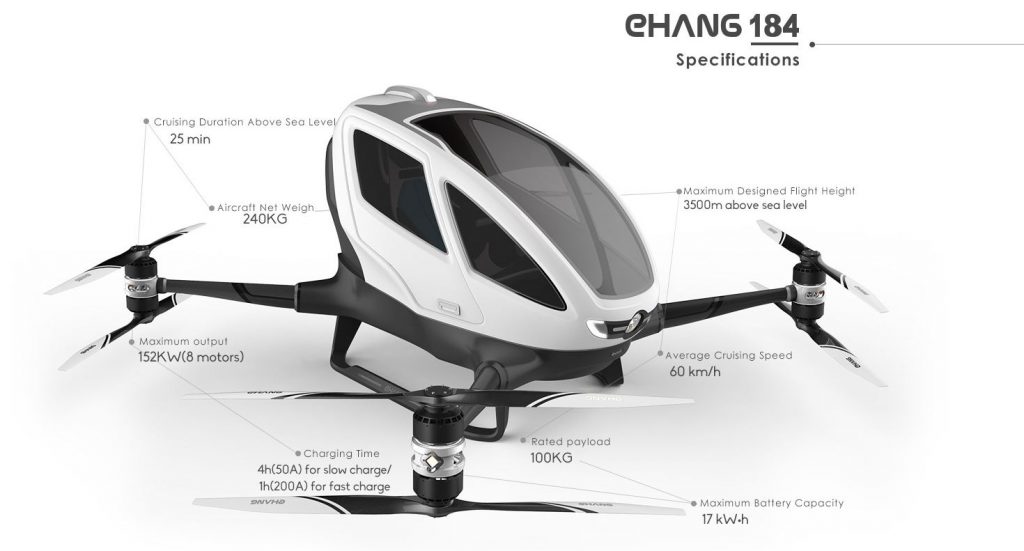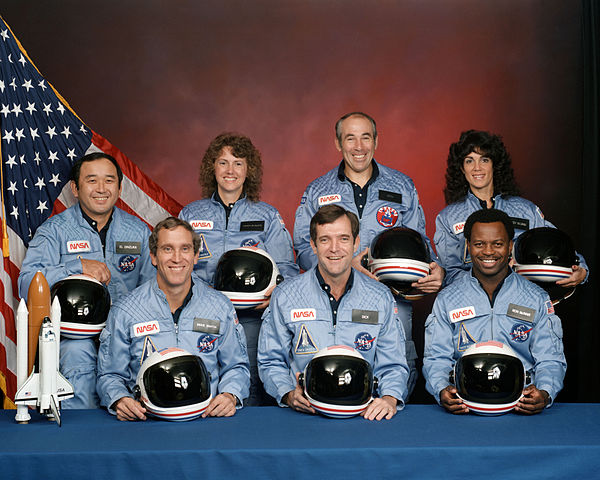So, an IMechE article popped into my email account today – link here
Dubai’s Roads and Transport Agency have announced that drones are going to be transporting passengers by July – the aim is to assist in reducing traffic congestion.
The vehicle in question is the Chinese-developed EHang 184 – revealed at CES in Las Vegas last year – Wired reported widespread belief, at the time, that the company were overconfident and that the idea could be mainly promotion for a more straightforward drone. However, the craft has recently been approved by the Civil Aviation Authority in Dubai.
It bears close resemblance to the quad-copter small scale drones and the propellers fold inwards for parking. The 184 can carry a single passenger and a small compartment for luggage. As you would expect – it is controlled from a remote command centre and it is reported that it will be using the 4G network.
The system is reported to have ‘fail safe’ systems meaning that if anything does go wrong – it should seek to land in the nearest safe spot – this alongside the encryption of communication should start to answer some of the ethical and safety issues that are ever present in discussions on Unmanned Vehicles.
If this is the case, then how far away are we from Unmanned Flying Taxis in the UK?
Unfortunately, for fans for Autonomous Flight, it’s unlikely to be the near future. First and foremost, any vehicle would have to be certified by the European Aviation Safety Agency (EASA) and by the UK Civil Aviation Authority – which agencies are responsible might change post-Brexit, but the same process would need to be followed currently.
The vehicle would need to meet the safety requirements, similar to manned aircraft currently – however, even when the vehicle is approved from a safety and certification point of view, it would still need to be integrated into the UK airspace – making other airspace users aware, whether it needs to communicate with Air Traffic Control (likely yes!), as well as the more complex issues of integration with the general public – will it be able to land at any site, only approved sites etc…
There are more questions (as usual!) than answers… however the EHang 184 is not the only development plan out there – Airbus, Uber, Zee.Zero and many other companies are working on plans for pilot-less flying vehicles.
Sources:




